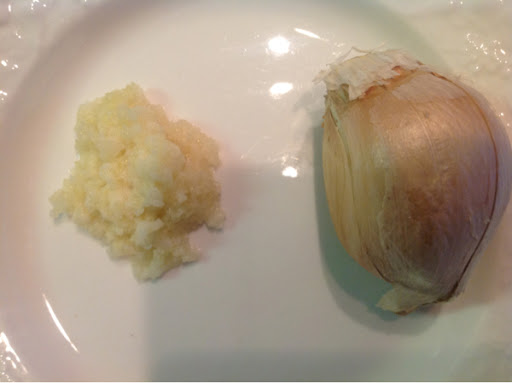We’ve all been there. It’s approaching 6 pm, and all you want is a nice juicy steak. However, the lack of foresight means no steak has been happily marinating overnight. Some steak purists might be okay with throwing an un-marinated steak on the grill, but for me, that’s not gonna cut it. Here’s where nitrogen cavitation comes in handy.






 Vs.
Vs. 

 ——->
——-> 
 ——>
——> 





